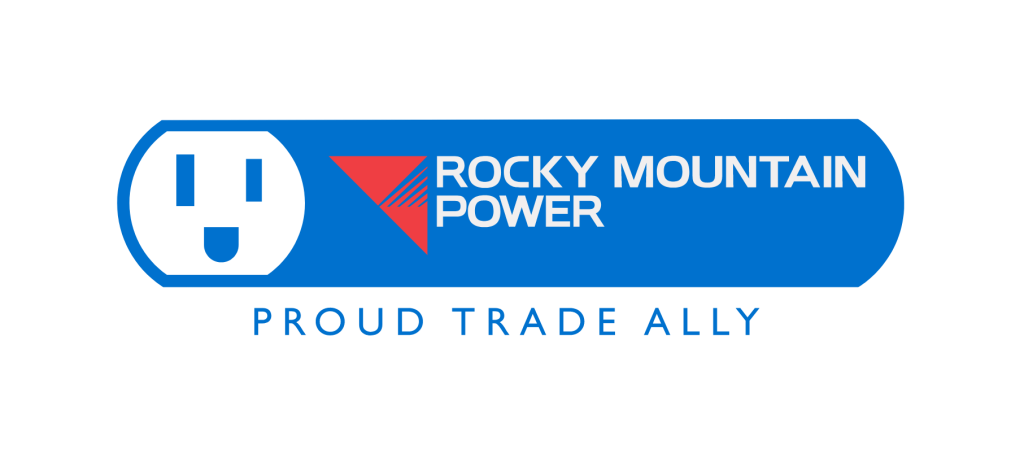Effective Ways to Insulate Your Home: A Comprehensive Guide
Insulating your home is one of the most effective ways to enhance energy efficiency, reduce utility bills, and maintain a comfortable indoor climate throughout the year. With a range of insulation methods available, it’s important to choose the right options for your specific needs. Here’s a look at various ways to insulate your home effectively.
1. Fiberglass Insulation
Overview
Fiberglass insulation is one of the most common insulation materials. It consists of tiny glass fibers that trap air, providing excellent thermal resistance. Greenify ALWAYS recommends a full R-60 (about 22 inches) of fiberglass insulation in the attic.
Installation
- Rolls and Batts: Ideal for attics, walls, and floors, these are easy to install between studs and joists.
- Loose Fill: This is blown into spaces like attics or walls, filling gaps and providing good coverage.
Pros
- Cost-effective
- Non-combustible
- Noise reduction properties
Cons
- Can irritate skin and lungs during installation; protective gear is essential.
2. Foam Board Insulation
Overview
Foam board insulation offers high thermal resistance in a thin profile, making it perfect for exterior walls, foundations, and basement walls.
Installation
- Can be cut to fit and installed in various areas, including walls and under floors.
- Often used in conjunction with other insulation types for added effectiveness.
Pros
- High insulation value per inch
- Moisture-resistant
- Lightweight and easy to handle
Cons
- More expensive than fiberglass
- Requires a proper sealing to prevent air leaks.
3. Spray Foam Insulation
Overview
Spray foam insulation expands on application, filling gaps and providing an airtight seal, making it one of the best options for energy efficiency. The best insulation material is closed-cell foam insulation. Not only does closed-cell foam provide the best R-value per square inch (30% greater than dense fill), but it also seals the house from unwanted airflow from the outside.
Installation
- Best handled by professionals due to the need for specialized equipment.
- Ideal for hard-to-reach areas like crawl spaces and attics.
Pros
- Excellent air barrier
- High R-value per inch
- Helps reduce moisture and mold growth
Cons
- Higher initial cost
- Requires professional installation for optimal results.
4. Cellulose Insulation
Overview
Made from recycled paper products, cellulose insulation is an eco-friendly option that provides good thermal performance.
Installation
- Usually installed as loose fill and blown into walls and attics, creating a dense, energy-efficient barrier.
Pros
- Environmentally friendly
- Pest-resistant options available
- Good soundproofing qualities
Cons
- Requires professional installation for best results.
5. Reflective or Radiant Barrier Insulation
Overview
Reflective insulation works by reflecting radiant heat away from living spaces, making it particularly effective in hot climates.
Installation
- Typically installed in attics, facing down towards the living space.
Pros
- Reduces cooling costs
- Lightweight and easy to install
- Works well in hot climates
Cons
- Less effective in cold climates
- May need to be combined with other insulation types for best performance.
6. Mineral Wool Insulation
Overview
Mineral wool, also known as rock wool or slag wool, is made from natural or recycled materials. It’s fire-resistant and provides good sound insulation.
Installation
- Available in batts, loose fill, or boards; suitable for walls, attics, and floors.
Pros
- Fire-resistant
- Moisture-resistant
- Good soundproofing qualities
Cons
- Heavier than fiberglass; can be more challenging to handle.
Conclusion
Choosing the right insulation for your home can significantly impact your energy consumption and comfort. Each insulation type has its unique advantages and disadvantages, so consider factors like climate, budget, and your home’s design before making a decision. Whether you opt for traditional fiberglass, eco-friendly cellulose, or high-tech spray foam, effective insulation is key to a cozy and energy-efficient home.
If you’re unsure about which insulation method is best for you, give Greenify a call, and we can provide free, tailored recommendations based on your specific needs and circumstances.




